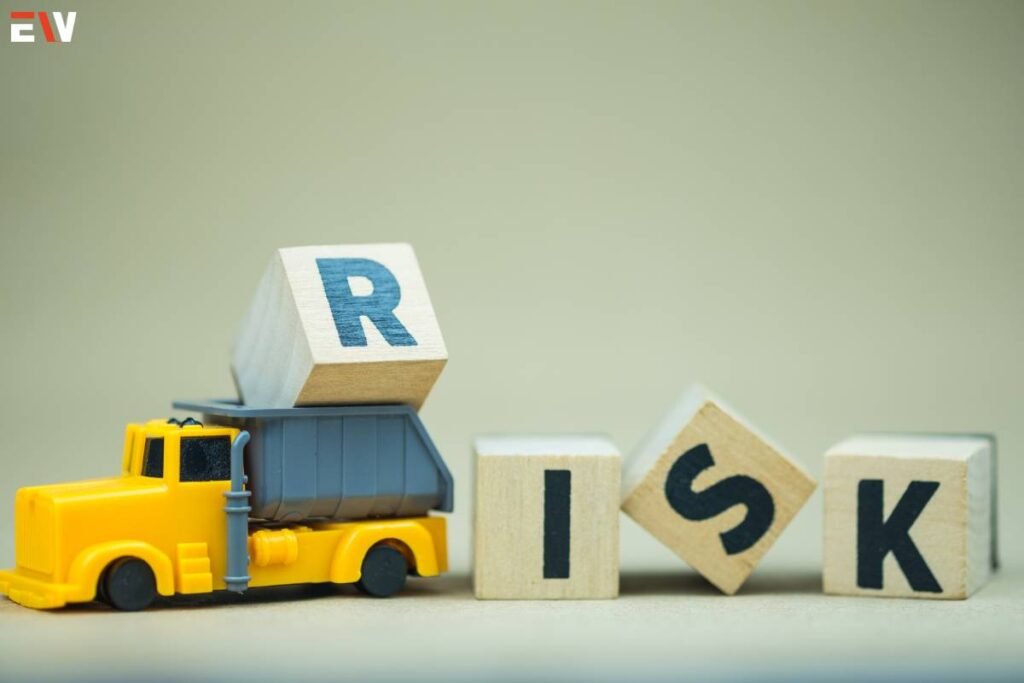As a small business owner, it’s common to experience Financial Planning for Business, including the need for additional capital to grow or maintain your business. In some cases, a loan or line of credit may be the best solution. However, before taking on debt, it’s important to evaluate your business needs, financial situation, and options to determine if borrowing money is the right choice. In this article, we will explore whether your business needs $35,000 and how to determine if a loan is the best option.
Here are 6 things to consider for Financial Planning for Business:
1. Assess Your Business Needs
Before Financial Planning for Business, it’s essential to assess your business needs and determine how much money you need to achieve your goals. This involves evaluating your current financial situation, forecasting your future cash flows, and identifying your short-term and long-term objectives. Some common reasons why small business owners may need $35,000 include:
- To purchase equipment or inventory: If your business requires specialized equipment or materials to operate, you may need additional funds to purchase or upgrade these assets.
- To cover operational expenses: Small businesses often have ongoing expenses such as rent, utilities, payroll, and supplies. If you experience cash flow gaps or unexpected expenses, you may need to borrow money to cover these costs.
- To expand or renovate: If you are looking to expand your business or renovate your existing space, you may need additional funds to cover the cost of construction, hiring additional staff, or marketing expenses.
- To pay off higher-interest debt: If you have an existing debt with high-interest rates, such as credit card debt or payday loans, you may be able to save money by consolidating your debt with a lower-interest rate loan.
2. Evaluate Your Financial Situation

Once you have determined your business needs, it’s important to evaluate your current financial situation to determine if borrowing money is a viable option. This involves reviewing your credit history, cash flow, profitability, and existing debt.
- Credit history: Lenders will evaluate your credit score and credit history to determine your eligibility for a loan. A strong credit history can increase your chances of approval and lower your interest rates.
- Cash flow: Lenders will also evaluate your business’s cash flow to determine if you can afford to repay the loan. You will need to provide financial statements, such as income statements and balance sheets, to demonstrate your cash flow.
- Profitability: Lenders will evaluate your business’s profitability to determine your ability to generate income and repay the loan.
- Existing debt: Lenders will also consider your existing debt, including loans, credit cards, and lines of credit when evaluating your loan application. If you have high levels of debt, it may be difficult to obtain additional financing.
3. Explore Your Financing Options
Once you have assessed your business needs and evaluated your financial situation, it’s time to explore your financing options. There are several types of loans and lines of credit available for small businesses, each with its own benefits and drawbacks.
- Term loans: A term loan is a lump sum of money that you repay over a set period of time, typically 1 to 5 years. Term loans may be secured or unsecured and may have fixed or variable interest rates. This type of loan is best for businesses that need a specific amount of funding for a specific purpose, such as purchasing equipment or inventory.
- Lines of credit: A line of credit is a revolving credit account that you can draw from as needed. You only pay interest on the funds you use and can repay the balance at any time. Lines of credit may be secured or unsecured and may have variable or fixed interest rates. This type of financing is best for businesses that need flexible access to funding for ongoing expenses or unexpected costs.
4. Small Business Administration (SBA) loans: SBA loans are government-backed
Loans that offer low-interest rates and longer repayment terms than traditional loans. SBA loans may be used for a variety of business purposes, including purchasing equipment, real estate, or inventory. However, the application process for SBA loans can be lengthy and require extensive documentation.

Invoice factoring: Invoice factoring is a financing option that allows you to sell your outstanding invoices to a third-party company in exchange for immediate cash. This type of financing can be beneficial for businesses with slow-paying customers or seasonal cash flow fluctuations.
5. Consider the Costs of Borrowing
Before taking on debt, it’s important to consider the costs of borrowing and determine if it’s worth it. In addition to the principal amount, you will need to pay interest, fees, and other charges associated with the loan. These costs can vary based on the type of loan, lender, and creditworthiness. Some common costs to consider include:
- Interest rates: Interest rates can vary widely based on the type of loan and lender. Secured loans typically have lower interest rates than unsecured loans, and loans with longer repayment terms may have higher interest rates.
- Origination fees: Some lenders charge origination fees, which are fees charged for processing and underwriting the loan. Origination fees can range from 1% to 8% of the loan amount.
- Late payment fees: If you miss a loan payment or make a late payment, you may be charged a late payment fee, which can range from $25 to $50 or more.
- Prepayment penalties: Some lenders may charge a prepayment penalty if you repay the loan before the end of the term. This penalty can be a percentage of the remaining balance or a flat fee.
6. Evaluate the Risks

Taking on debt can be a risky proposition, especially for small businesses. It’s important to evaluate the risks associated with borrowing money and determine if you can manage these risks. Some common risks to consider include:
- Cash flow: Taking on debt can impact your cash flow and make it more difficult to manage ongoing expenses.
- Collateral: If you are taking out a secured loan, you may need to provide collateral, such as equipment or property, which could be seized if you are unable to repay the loan.
- Default: If you are unable to repay the loan, you may default on the loan, which can impact your credit score and make it more difficult to obtain financing in the future.
- Interest rates: Interest rates can fluctuate, and if you have a variable-rate loan, your payments may increase over time.
BOTTOM LINE
Financial Planning for Business includes determining whether your business needs $35,000 and whether borrowing money is the best option requires careful evaluation of your business needs, financial situation, and financing options. Before taking on debt, it’s important to assess your financial situation, evaluate your options, consider the costs of borrowing, and evaluate the risks. With careful financial planning for business, you can determine if borrowing money is the right choice for your business and find the best loan or line of credit to meet your needs. Effective financial planning for business is essential for long-term success and growth, enabling organizations to allocate resources wisely and achieve their strategic objectives.










